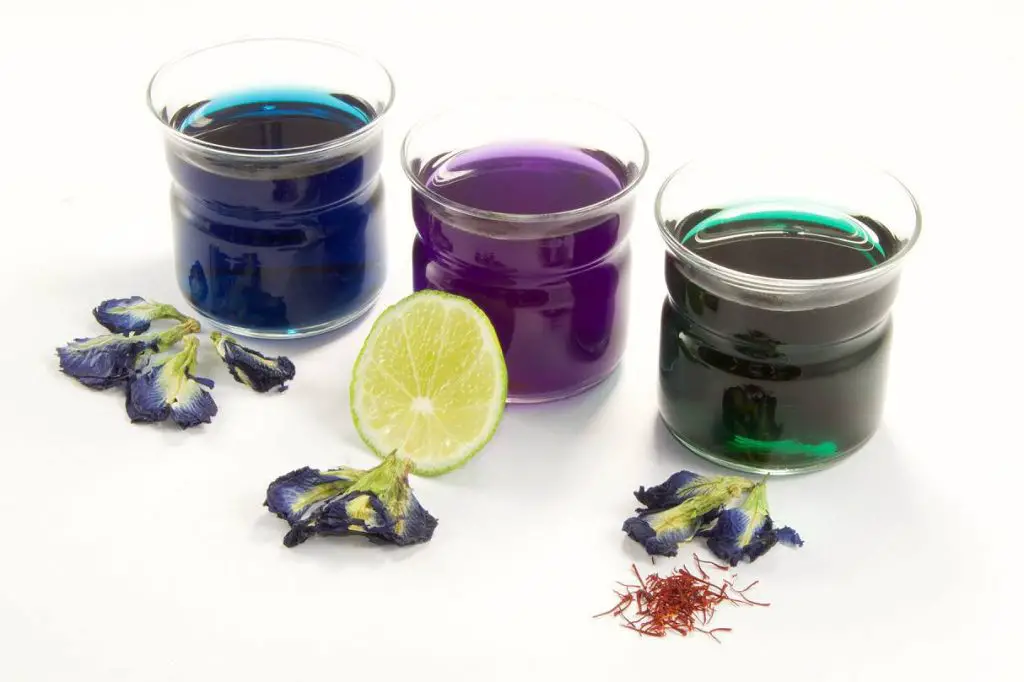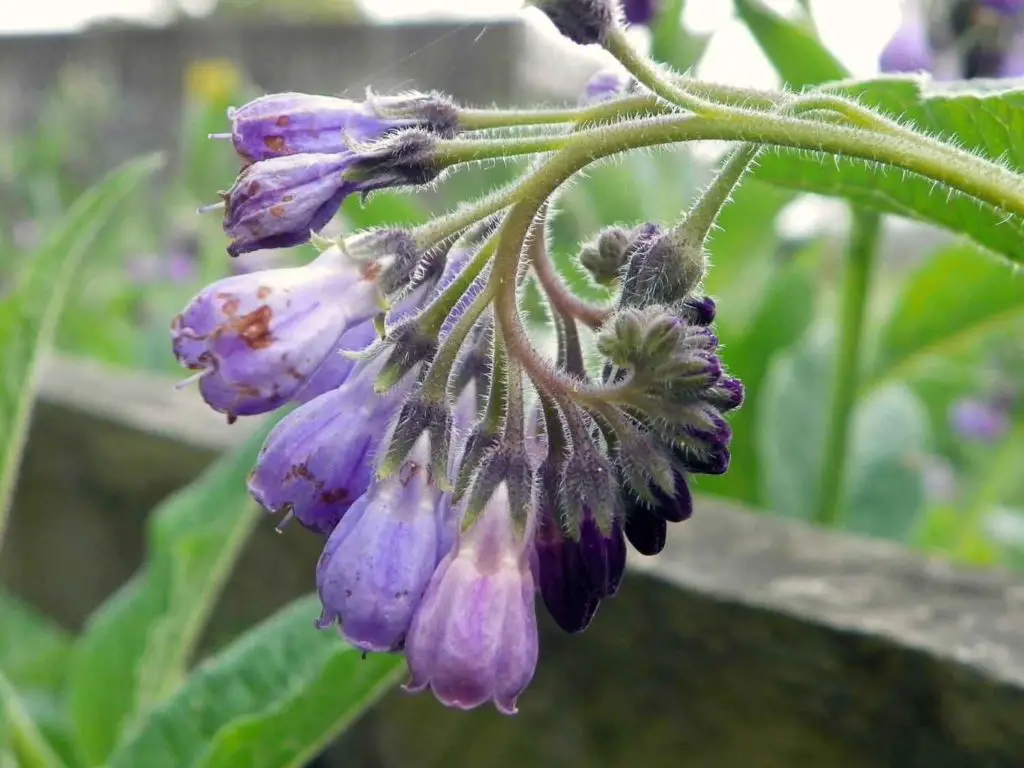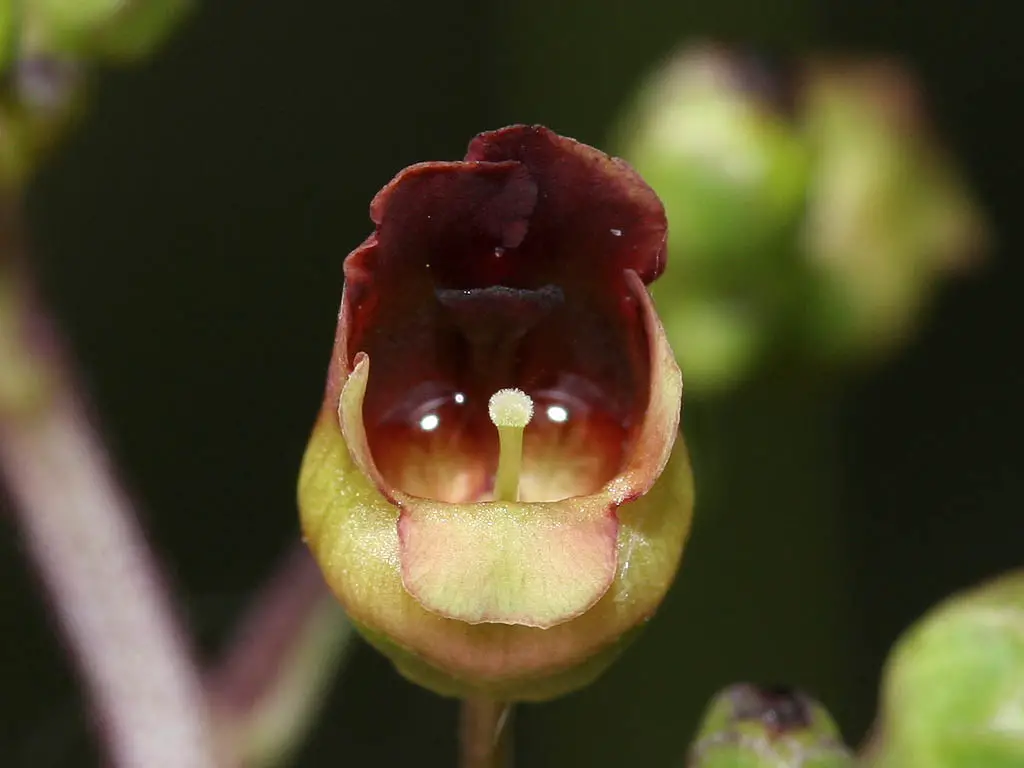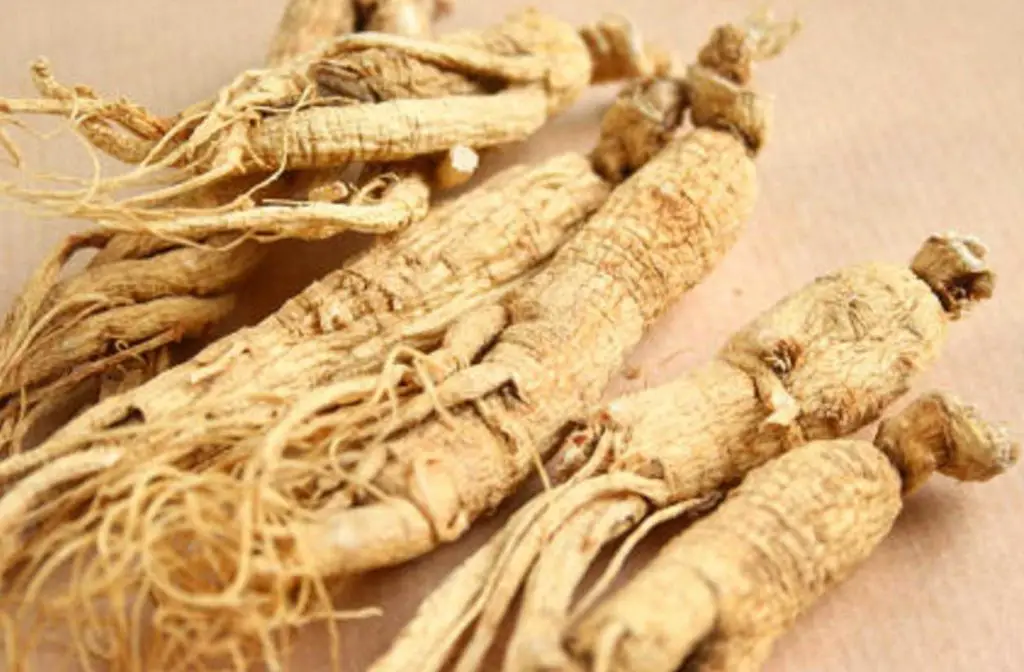What is Butterfly Pea Flower Tea?
Butterfly Pea Flower tea is typically made from a combination of two plants: the butterfly pea (Clitoria ternatea) and lemongrass (Cymbopogon citratus). However, tea can also be consumed from the butterfly pea plant alone. Aside from butterfly pea, the beverage is also referred to as the blue pea, Aprajita, Cordofan pea, and the Asian pigeonwing.
The tea is commonly made with either the leaves or the flowers of the butterfly pea and the leaves or stalks of the lemongrass. The butterfly pea commonly has flowers that are either white, blue, or purple. The tea retains many of the medicinal qualities of the butterfly pea, as well as the bright blue pigment found in petals of some varieties. The blue color derived from the butterfly pea has also made it a popular dye for many centuries as well as medicinal treatment. The color of the liquid is known to change with pH, and the addition of acids (like lemon juice) can change the color from blue to purple, and addition of other substances, like hibiscus, is said to turn it bright red.
While it was once only known in the Southern parts of Asia, it now has a global distribution. It is so popular, in fact, that it can be found in many popular grocery store chains, including Whole Foods. Its taste is highly regarded by food critics who describe it as having an earthy flavor, like “a fine green tea.” The tea mixture is often served as a dinnertime beverage in many Asian countries, and sometimes it is even used in cocktails.

Many of its traditional uses for medicinal treatments are now vetted by science. Researchers have even discovered that not only do the petals have medicinal compounds (as traditionally used), but other parts of the plant such as the roots, stems, and leaves may also have beneficial properties.
Butterfly Pea Flower Tea Benefits and Uses
Memory
Historically, the most popular use of the butterfly pea was used to promote memory and intelligence. The butterfly pea is often used in traditional practices in a mixture called “Medhya Rasayana” that is thought to treat neurological disorders and intellect. Science has uncovered that there may be some truth to this claim. Three studies conducted in 2001, 2002, and 2005 showed that the butterfly pea improved learning and memory in rats. Two of those studies showed that the mechanism behind this may be that the butterfly pea improves and enhances growth of neurons in the hippocampus region of the brain.
Stress & Anxiety
In another study conducted on rats in 2003, it was revealed that the butterfly pea may have properties that relieve stress. Rats with stress-induced ulcers were given a treatment that contained 400 mg of butterfly pea per 1 kg of the animal’s weight. At the end of the study, the ulcers improved significantly, and the researchers concluded that the butterfly pea likely has an anti-stress effect and can promote the body’s homeostasis.

Diabetes
In 1990 a study was conducted on rats which uncovered that the butterfly pea may have an antidiabetic effect. The scientists created an ethanol extract from the flowers of the plant and fed the rats that extract over a course of three weeks. At the end of the three-week period, the rats had lower blood sugar levels. The scientists noted that the lowered blood sugar levels occurred because the butterfly pea extract inhibits the activity of two types of sugars: β-galactosidase and α-glucosidase.
For Diabetic concerns, you can also check out Ashitaba.
Local Anesthetic
In the Americas, the butterfly pea is traditionally used to treat stings, bites, and minor injuries. Based on this traditional use, in 1988 a study was conducted to determine why the butterfly pea may bring comfort to external injuries. In this study, both rabbits and frogs were tested with a 10% solution of butterfly pea extract. While the rabbit subjects did not show significant results, the frogs exhibited a reaction that led the scientists to believe that the solution had an anesthetic effect. From these results, the scientists concluded that the butterfly pea extract was nearly as powerful of a local anesthetic as the drug xylocaine.
Antifungal
The butterfly pea is resistant to many pathogens and pests in the wild, which makes scientists wonder what compounds might be present that inhibit the infestation of microbes within the plant. In 1995, a study was conducted that discovered that the butterfly pea contains anti-fungal properties. The scientists state that those results are not immediately relevant to humans, but it does open the possibility for more research to be conducted in animal, and then human, studies. In the meantime, many people claim to use it because they personally notice an antimicrobial effect on themselves after drinking butterfly pea flower tea.
Antibacterial
Some people have suggested that the butterfly pea may improve gastrointestinal issues due to its antibacterial properties, and there is some research that supports this use. A study conducted in 2012 assessed the effectiveness of silver nanoparticles extracted from the butterfly pea by treating bacteria strains with the nanoparticles. Their study concluded that those silver nanoparticles are capable of reducing the proliferation of deadly bacteria such as E. coli and Klebsiella that cause food poisoning. Additionally, it may also ward off against bacteria like Bacillus and S. aureus that cause diarrhea. In 2010, another study was conducted that also showed that extracts from the butterfly pea can eliminate harmful bacteria in fish. Those scientists note that this could be very relevant to human health and implored for future studies.
Antioxidant
Due to its bright blue hue, the butterfly pea is often incorporated into cosmetics. After using those cosmetics, many women claimed to notice an antioxidant effect on their skin. This inspired two researchers to conduct a study in 2009 to determine if the butterfly pea actually contains antioxidant properties. The researchers created a gel extract and an ethanol extract from the butterfly pea flowers to determine if one had better antioxidant effects than the other when used on the skin. The gel extract was shown to have a much more potent antioxidant effect than the ethanol extract, although the gel extract was not quite as potent as a standard anti-wrinkle cream. However, based on the results, the researchers do suggest that the butterfly pea makes a good addition to cosmetics based on its antioxidant properties.
Cancer
Although research is still in preliminary phases, a study conducted in 2012 revealed that the butterfly pea contains compounds that are known to have anti-cancer effects. In this study, the roots of the plant were isolated and the anticancer compound taraxerol was discovered. At the time of this study’s publication, it was the first plant known to contain this anti-cancer compound. Aside from having anti-cancer properties, taraxerol also belongs to a group of compounds called Triterpenes which are also important for the production of anti-inflammatory drugs and steroids.
Liver
Some research showed that the butterfly pea may have a protective effect on the liver. In 2011 a study showed that rats with induced liver injury saw improvement after being treated with a methanol extract made from the leaves of the plant. Those rats treated with the extract saw improvements in their liver health, and the scientists think this may have to do with the butterfly pea’s antioxidant properties.
Fever Reducer
In 2004 a study was conducted on rats, and in this study rats were either given a dosage of 200 mg, 300 mg, or 400 mg per kg of body weight. The results showed that the size of the dosage correlated with the amount of time that average body temperature was reduced, and higher dosages showed that the effects could last upwards of five hours. The scientists suggest that the effects of the butterfly pea were comparable to paracetamol, a common fever-reducing drug.

Butterfly Pea Flower Tea Dosage
For most uses that require oral administration, the recommended dosage is between 2-5 grams of dried plant steeped in a cup of water. In other words, take 10 flower petals and steep in water to make the tea.
The compounds that enhance memory are both water and fat soluble, so it is suggested to drink the butterfly pea flower tea with a meal in order to absorb all the benefits.
For all teas, once the liquid turns a brilliant blue color, you may ingest.
For topical treatments, it is recommended to take the dried leaves and mix with a little bit of water in order to grind the mixture into a paste.
Butterfly Pea Flower Tea Side Effects, Safety, Dangers and Warnings
Studies have confirmed that dosages upwards of 3000 mg per kg of body weight have no side effects or toxicity. Despite this report, possible side effects and drug interactions have not been thoroughly investigated. Because of this, it is not suggested for women who are pregnant or breastfeeding. Additionally, since side effects are not well known, it is not suggested to ingest the tea or use topical treatments for an extended amount of time.
Due to its effects on blood sugar, it is best to consult with a doctor if you are considering regularly incorporating butterfly pea flower tea into your daily routine.
References:
https://www.ncbi.nlm.nih.gov/pmc/articles/PMC4337202/
https://www.ncbi.nlm.nih.gov/pubmed/19367668
https://www.ncbi.nlm.nih.gov/pmc/articles/PMC3522002/
https://www.ncbi.nlm.nih.gov/pmc/articles/PMC3480789/
https://www.ncbi.nlm.nih.gov/pubmed/12895670
https://www.ncbi.nlm.nih.gov/pmc/articles/PMC4093211/
https://www.sciencedirect.com/science/article/pii/S0378874108004911?via%3Dihub
https://www.tandfonline.com/doi/abs/10.1076/1388-0209%28200001%293811-BFT051
https://www.sciencedirect.com/science/article/abs/pii/S0031942203005041
https://www.tandfonline.com/doi/full/10.3109/13880200903406147





I enjoyed your tutorial on the Butterfly Pea Tea. I also am self motivated to learn from as many sources as possible for a healthier, better equipped body to age with as little degeneration as possible.
At the moment we are all dealing with a very scary virus that I believe will leave us all changed to some degree about our health. I look forward to seeing some of your other vlogs!
Thanks Kristin!